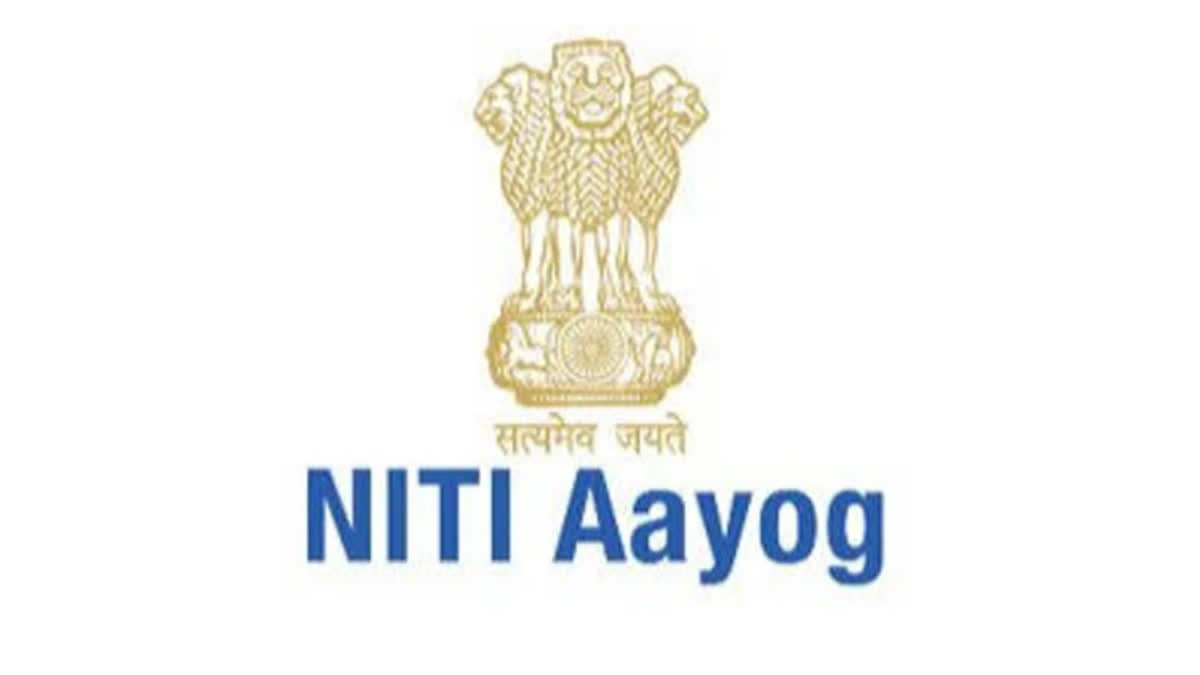New Delhi:NITI Aayog released a report on "S.A.F.E. Accommodation - Worker Housing for Manufacturing Growth." This comprehensive report explores the crucial role of secure, affordable, flexible, and efficient (S.A.F.E.) accommodations for industrial workers in boosting India’s manufacturing sector. It identifies key challenges, offers actionable solutions, and highlights the pivotal interventions required to scale up such housing facilities across the country.
The report also proposes financial recommendations. The report suggests providing up to 30%-40% of project costs (excluding land) through VGF support. This includes 20% from the Department of Economic Affairs (DEA) and 10% from the sponsoring nodal ministry, with additional contributions from state governments.
The report highlights that the lack of adequate housing near industrial hubs is a significant obstacle. Substandard living conditions contribute to high attrition, decreased productivity, and workforce instability. Additionally, the scarcity of suitable accommodations, especially for women, limits worker migration and hinders the sector's growth potential. With India striving to become a USD 5 trillion economy, addressing workers' housing challenges has become a top priority. Rigid regulations, financial limitations, and insufficient private sector involvement have created substantial gaps in the availability of quality housing.
Identified Challenges
The report highlights several challenges in developing worker accommodations, including restrictions on residential developments in industrial zones, high property taxes, and costly regulations. These issues increase commute times, reduce productivity, and discourage private-sector involvement. Additionally, high capital costs and low returns make large-scale projects unappealing, while inefficient land-use regulations limit housing capacity. Coordination between housing, infrastructure, and industry investments is also a key challenge.
Proposed Solutions
The NITI Aayog report proposes solutions for improving worker accommodations, including designating S.A.F.E. housing as a separate residential category to apply standard taxes and tariffs, offering GST exemptions for qualifying accommodations, and including S.A.F.E. housing in existing exemptions for industrial sheds and hostels. It also encourages developing gender-inclusive accommodations to address workers' safety and welfare needs.
The NITI Aayog report emphasises that providing S.A.F.E. accommodations is a strategic necessity for India's economic growth, addressing challenges in workforce retention, productivity, and global competitiveness. Implementing these recommendations will strengthen India's manufacturing sector and contribute to its Viksit Bharat vision. The Union Budget 2024-25 highlights the government's commitment to rental housing for industrial workers, with a focus on dormitory-style accommodations through a Public-Private Partnership model and Viability Gap Funding (VGF).
Benefits of Accommodation
Providing safe, comfortable housing for industrial workers offers significant advantages. Good housing close to the workplace improves workers’ quality of life by reducing commute times and enhancing living conditions. This leads to higher productivity and lower turnover rates, which saves companies on recruitment and training costs.
Moreover, offering quality housing attracts global investments, as multinational companies are increasingly prioritizing worker welfare when deciding where to invest. By adhering to international labor standards, India can strengthen its global reputation, foster stronger ties with international firms, and unlock new business opportunities. Ultimately, everyone benefits: workers enjoy better living conditions, companies gain a more stable and efficient workforce, and the government encourages sustainable growth, boosts foreign investment, and strengthens the manufacturing sector.
India’s Manufacturing Goal
India is aiming to boost its manufacturing sector’s contribution to GDP from 17% to 25% as part of its vision to become a Viksit Bharat by 2047. This ambitious goal supports the country’s drive to be a global manufacturing hub through initiatives like Make in India and Atmanirbhar Bharat. Achieving this vision requires a strong workforce strategy, which includes providing sufficient, affordable, and nearby housing for industrial workers.
According to the Economic Survey 2023-24, India needs to generate 7.85 million jobs each year until 2030 to keep up with its economic growth. A large share of these jobs will be in the manufacturing sector, particularly in large-scale factories that rely on a centralized, often migrant, workforce to remain competitive and reach economies of scale.
